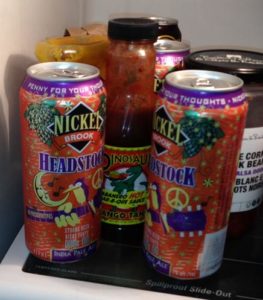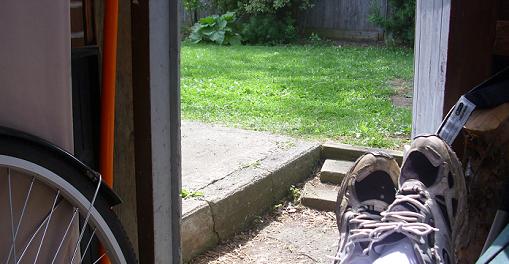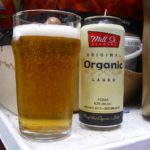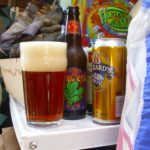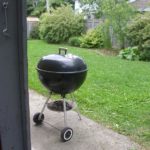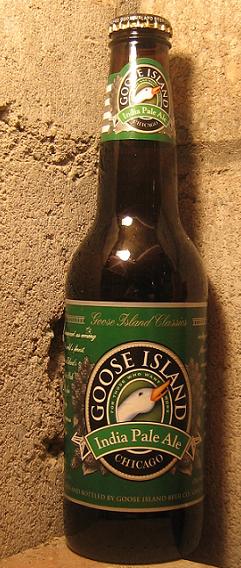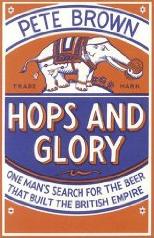 This month’s version of The Session is being hosted at the English blog Mostly About Beer…… where this question was posed:
This month’s version of The Session is being hosted at the English blog Mostly About Beer…… where this question was posed:
For Session 119 I’d like you to write about which/what kind of beers took you out of your comfort zones. Beers you weren’t sure whether you didn’t like, or whether you just needed to adjust to. Also, this can’t include beers that were compromised, defective, flat, off etc because this is about deliberate styles. It would be interesting to see if these experiences are similar in different countries.
This is an interesting question – even with this head cold. No need to pull out a beer as part of the challenge. The question reminds me how we are told we need to learn to appreciate all styles within the construct of the brewer’s intention. But that is the path of the dweeb – but not one without at least a lesson or two to share. I was taunted over a decade ago into teaching myself more about sour beers before they were really showing up from anywhere other than Belgium. Cantillon’s Bruocsella 1900 Grand Cru struck me as gak:
Quite plainly watery at the outset then acid and more acid…then one note of poo. Not refreshing to slightly sub-Cromwellian stridency.
I still like that review as the only think I would change is that I now like that taste which I described so accurately. Yet I would not hunt it out. Same with most gose, most smoked beers and any number of the other experimental or niche styles that depend heavily on a quirk. Once one has moved past the chase for novelty, you find that you come back to favourites. For me these are still varied: gueuze, real saison, brown ales all fit the bill when they fill the glass. I could happily drink gueuze most days though I can’t buy it here regularly. My studies of sour opened my world. I am glad I took them on.
If something could be a style that makes me uncomfortable I suppose it might be contemporary IPA where you need to pack a hop directory to figure out what’s in your mouth. They are today’s darling but I’ve never caught the fever. Again a decade ago, I even sat down with eleven of them to try a wide range of them. I discovered… there was a wide range. Their many many siblings before and since then hasn’t altered my creeping suspicion that while the three letters are a brilliant marketing trick they are also a tool for obfuscation. You never know what you are going to get in your glass. So I tend to stick with a familiar quality IPA like Nickle Brook’s Headstock with feel the urge but if I am out and about I am more likely to hunt out a beer more daring – yet more reliable – than whatever they are serving that’s called an IPA.
Does that answer the question? It’ll have to. Cold meds a’callin’!

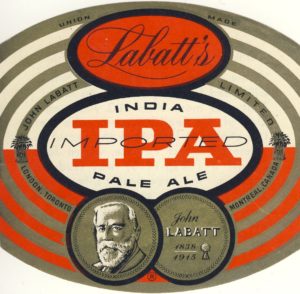 This in interesting… well, to me at least. It is from the
This in interesting… well, to me at least. It is from the 